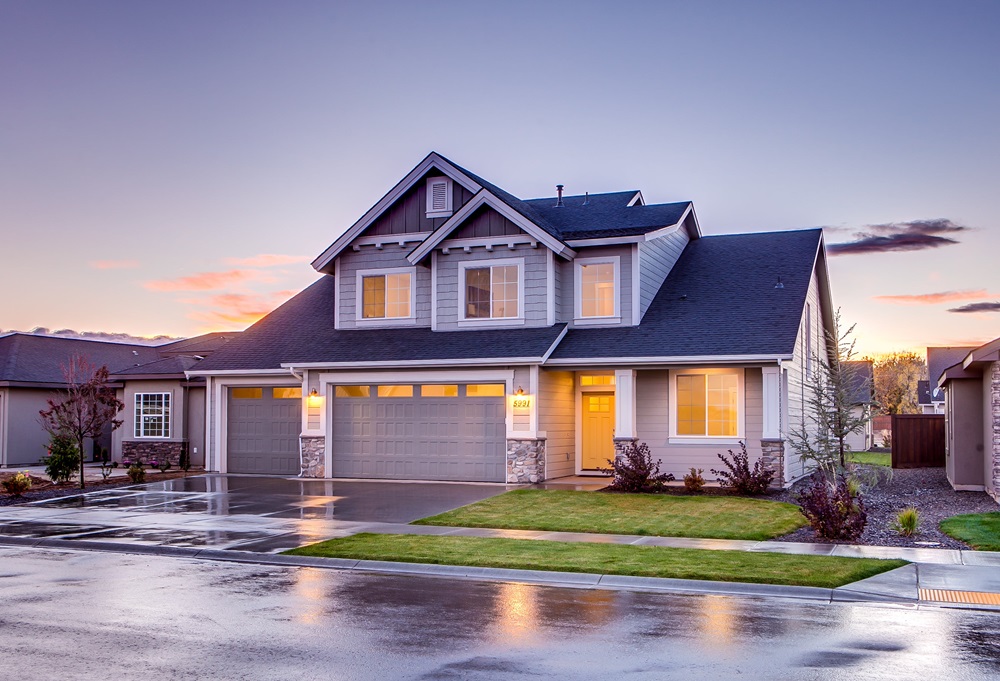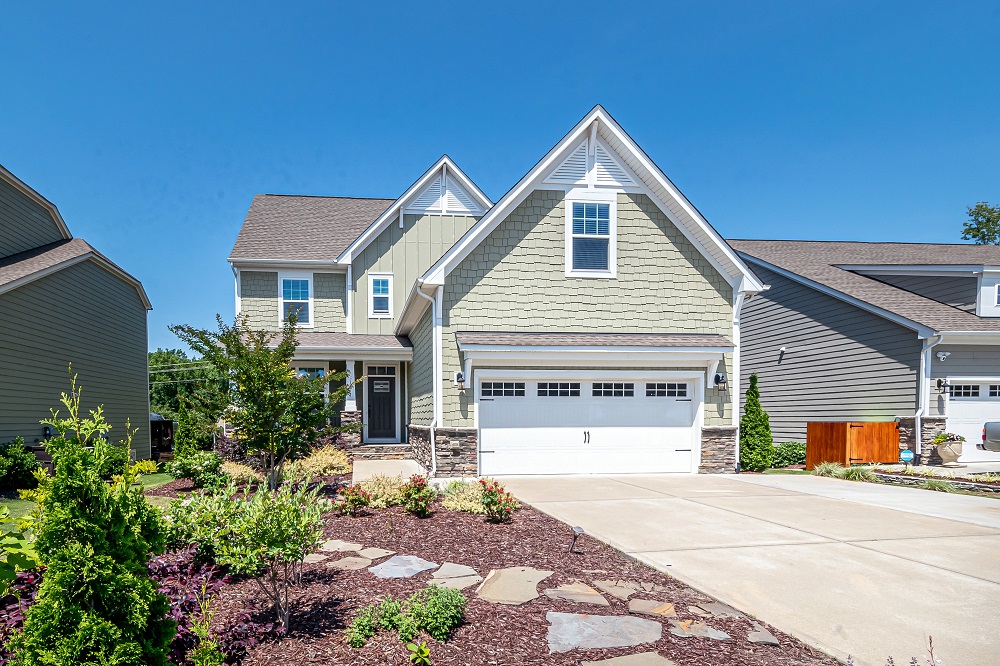
Your garage door plays a crucial role in protecting your vehicles, tools, and belongings from the elements. To ensure that it fulfills this function effectively, maintaining its weather stripping is essential. Over time, weather stripping can become worn, cracked, or damaged, allowing drafts, pests, and moisture to enter your garage. Replacing your garage door weather stripping is a relatively straightforward DIY project that can enhance the energy efficiency and overall functionality of your garage. In this article, we’ll guide you through the process of replacing your garage door weather stripping, step by step.
- Understanding the Importance of Weather Stripping
Before diving into the replacement process, it’s crucial to understand the role of weather stripping in your garage door. Weather stripping serves several important functions:
1.1. Energy Efficiency: Properly functioning weather stripping seals gaps and cracks, preventing heat or cold air from escaping your garage. This can lead to lower energy bills and improved temperature control in your garage.
1.2. Pest Prevention: Gaps in your garage door can provide easy entry points for insects, rodents, and other unwanted pests. Weather stripping helps keep these intruders out.
1.3. Moisture Protection: Weather stripping acts as a barrier against rain, snow, and humidity, preventing water from seeping into your garage and potentially causing damage to your belongings.
1.4. Noise Reduction: A well-sealed garage door reduces noise from the outside, providing a quieter and more peaceful environment inside.
1.5. Longevity of Garage Door: Properly maintained weather stripping can extend the lifespan of your garage door by protecting it from the elements.
- Gather the Necessary Tools and Materials
Before starting the replacement process, it’s essential to gather the tools and materials you’ll need. Here’s a list of what you’ll require:
2.1. New Weather Stripping: Measure the dimensions of your garage door to determine the length and type of weather stripping you need. Weather stripping comes in various materials, such as vinyl, rubber, and foam, so choose one that suits your climate and budget.
2.2. Utility Knife: You’ll need a sharp utility knife for cutting and trimming the weather stripping to the appropriate size.
2.3. Screwdriver: A screwdriver will be necessary for removing any existing weather stripping or hardware that may be in the way.
2.4. Measuring Tape: Use a measuring tape to ensure precise dimensions when cutting the weather stripping.
2.5. Pliers: Pliers can be handy for gripping and pulling out old weather stripping and fasteners.
2.6. Safety Gear: Safety goggles and work gloves are essential for protecting your eyes and hands during the replacement process.
2.7. Lubricant: To ensure the smooth operation of your garage door, consider having a lubricant on hand to apply to moving parts as needed.
- Prepare Your Garage Door
Before you start removing the old weather stripping, it’s essential to prepare your garage door for the replacement process. Here’s how:
3.1. Close the Garage Door: Close the garage door to access the entire perimeter where the weather stripping is installed.
3.2. Disconnect the Opener: For safety, unplug or disable the automatic garage door opener so that the door won’t accidentally open while you’re working on it.
3.3. Remove Any Existing Weather Stripping: Use a screwdriver or pliers to carefully remove the old weather stripping. Pay close attention to any fasteners or clips holding it in place and remove them as well.
3.4. Clean the Surface: After removing the old weather stripping, clean the door’s surface thoroughly. Remove any dirt, debris, or adhesive residue. A clean surface will ensure proper adhesion for the new weather stripping.
- Measure and Cut the New Weather Stripping
Before installing the new weather stripping, you’ll need to measure the dimensions of your garage door to ensure a proper fit. Here’s how to do it:
4.1. Measure the Width: Using a measuring tape, measure the width of the top edge of your garage door. Record this measurement.
4.2. Measure the Sides: Measure the height of both sides of the door, starting from the top edge. Record these measurements.
4.3. Choose the Weather Stripping: Select the appropriate type of weather stripping material based on your climate and preferences. Measure and mark the chosen material to match the recorded dimensions from step 4.1 and 4.2.
4.4. Cut the Weather Stripping: Using a utility knife, carefully cut the weather stripping along the marked lines. Ensure clean, straight cuts for a secure fit.
- Install the New Weather Stripping
Now that you have the correctly sized weather stripping, it’s time to install it on your garage door. Follow these steps:
5.1. Starting with the Top Edge: Begin by attaching the weather stripping to the top edge of your garage door. Ensure that it’s centered and press it firmly into place.
5.2. Work Downward: Proceed to attach the weather stripping to the sides of the garage door. Start from the top and work your way down. Use a screwdriver or pliers to secure any fasteners or clips that hold the stripping in place.
5.3. Overlapping Corners: When you reach the corners, you may need to overlap the weather stripping slightly. This helps maintain a continuous seal around the perimeter.
5.4. Cut Excess Material: If there’s any excess weather stripping at the bottom, trim it using a utility knife. Ensure a snug fit without any gaps.
5.5. Test the Seal: Close and open the garage door a few times to check that the new weather stripping creates a secure seal. Adjust if necessary to ensure it seals properly.
- Apply Lubricant
To maintain the smooth operation of your garage door, consider applying lubricant to moving parts such as rollers, hinges, and springs. Lubrication reduces friction and minimizes wear and tear on these components. Follow these steps to apply lubricant:
6.1. Identify Moving Parts: Inspect your garage door to locate the moving parts that may require lubrication. Common areas include hinges, rollers, and springs.
6.2. Clean the Components: Before applying lubricant, clean the moving parts to remove any dirt or debris that may have accumulated. Use a cloth or a brush for this purpose.
6.3. Choose the Right Lubricant: Select a lubricant specifically designed for garage door use. Silicone-based or lithium-based lubricants are commonly recommended.
6.4. Apply Lubricant: Carefully apply a small amount of lubricant to the identified moving parts. Be cautious not to over-apply, as excess lubricant can attract dust and debris.
6.5. Open and Close the Door: Operate the garage door a few times to distribute the lubricant evenly and ensure smooth movement.
- Additional Tips and Maintenance
Maintaining your garage door’s weather stripping is an important part of keeping your garage secure and energy-efficient. Here are some additional tips and maintenance steps:
7.1. Regular Inspections: Periodically inspect your garage door weather stripping for signs of wear, damage, or gaps. If you notice any issues, address them promptly to prevent further damage.
7.2. Cleaning: Keep the weather stripping clean by wiping it with a damp cloth or sponge. This removes dirt and debris that can affect its effectiveness.
7.3. Repainting: If your garage door is painted, consider repainting it to protect it from the elements. This can help extend its lifespan and minimize the need for weather stripping replacement.
7.4. Weather Stripping for the Bottom: In addition to the perimeter weather stripping, consider installing a flexible bottom seal or threshold seal on the garage door’s bottom edge. This will further enhance the seal and prevent drafts and pests from entering.
7.5. Seek Professional Help: If you’re unsure about any aspect of replacing your garage door weather stripping or if your garage door has significant damage, it’s advisable to consult a professional garage door technician.
Maintaining and replacing your garage door weather stripping is a simple yet essential task for preserving the functionality and security of your garage. With the right tools, materials, and a clear understanding of the process, you can complete this DIY project with confidence. By following the steps outlined in this article, you’ll ensure that your garage door seals effectively against drafts, pests, and moisture, while also contributing to energy efficiency and the longevity of your garage door. Regular inspection and maintenance will help keep your garage in top condition, protecting your belongings and making your daily life more comfortable.
Generated by ChatGPT









